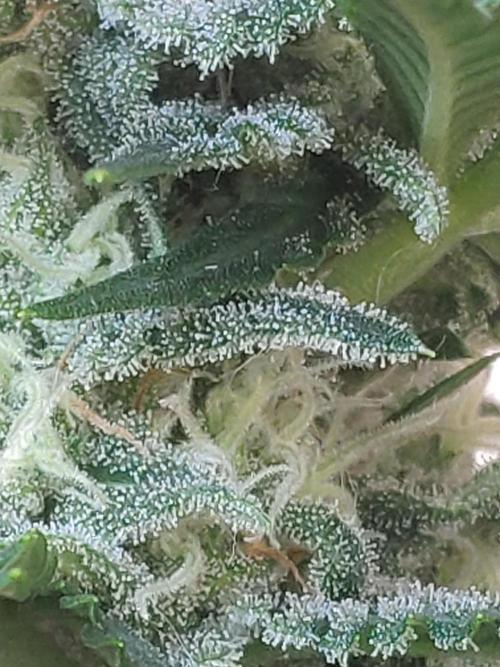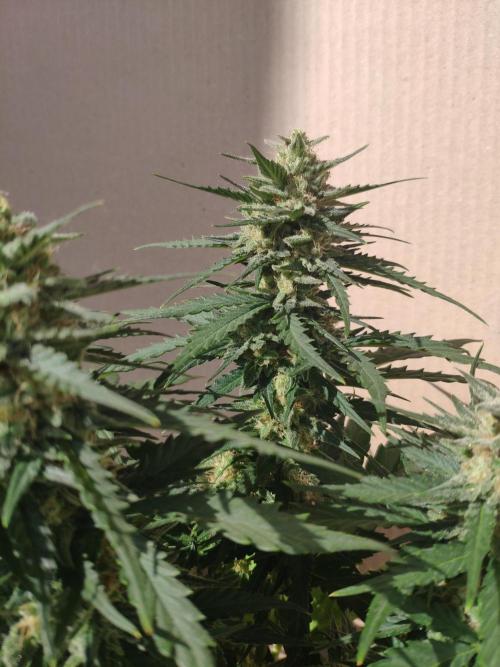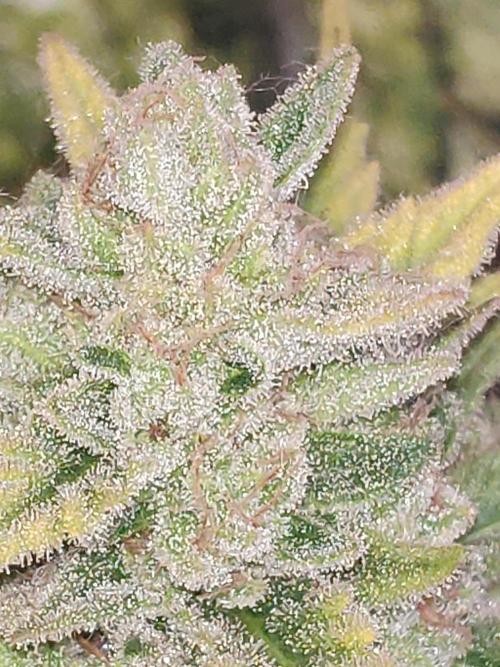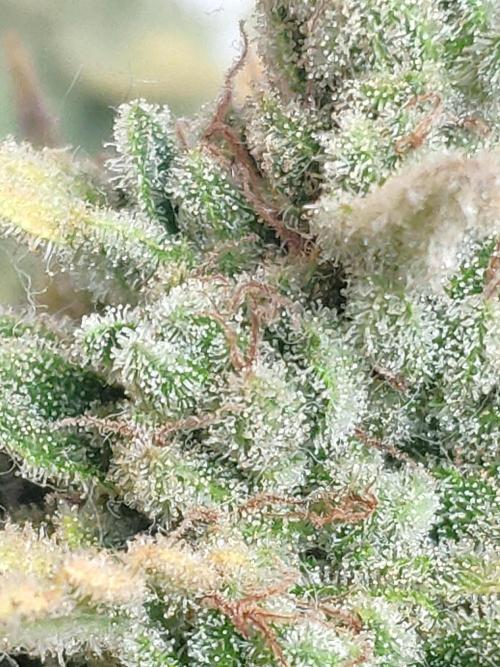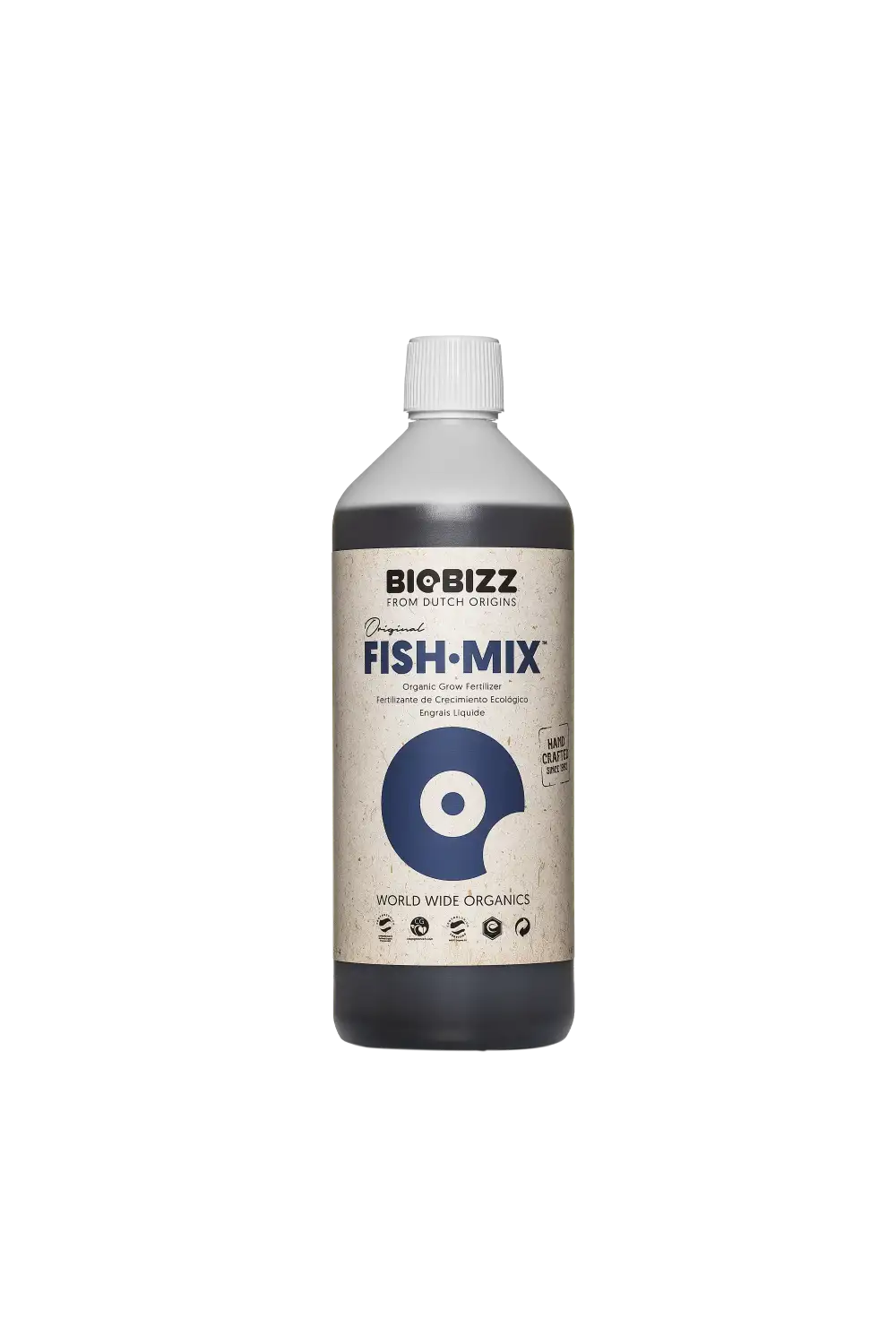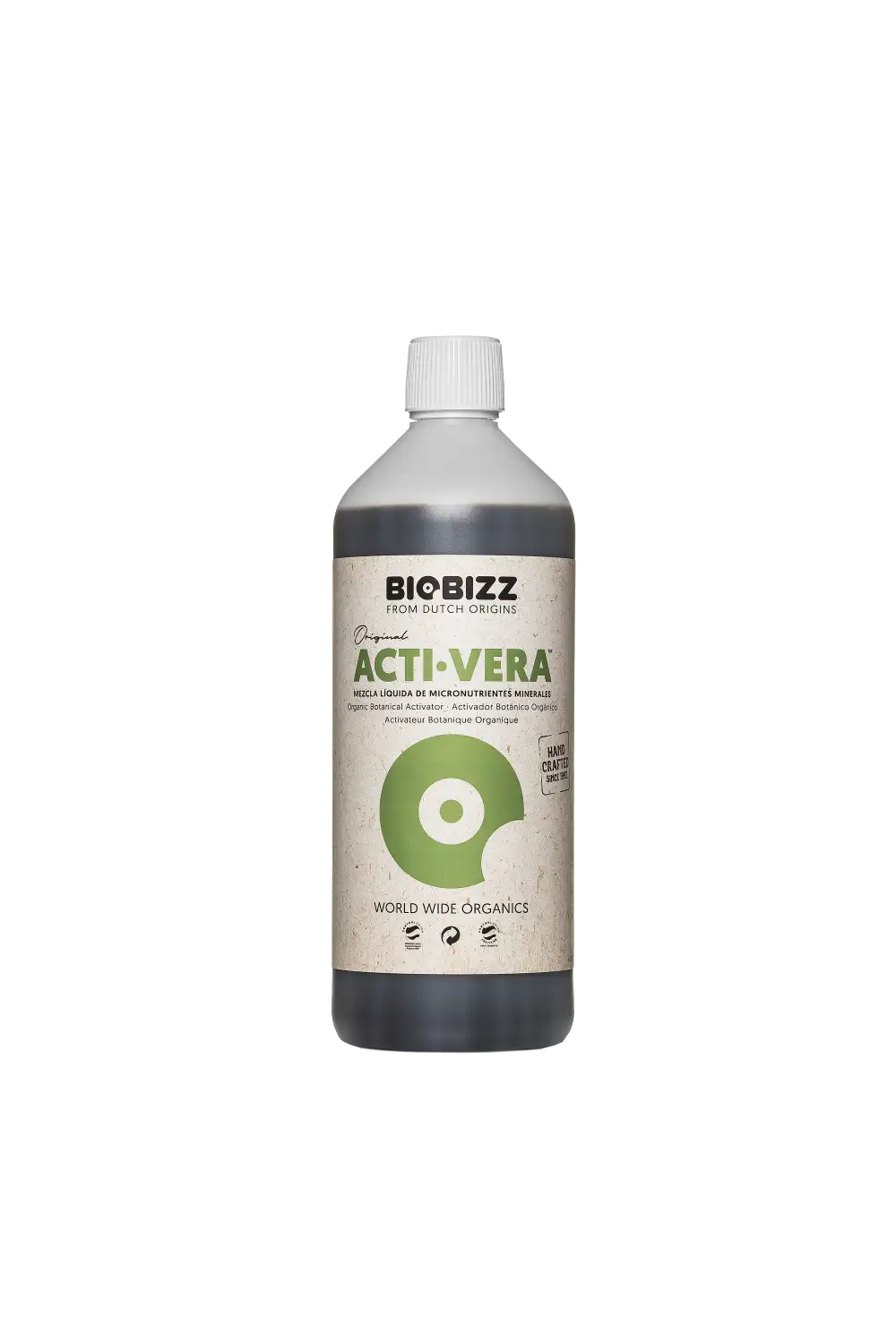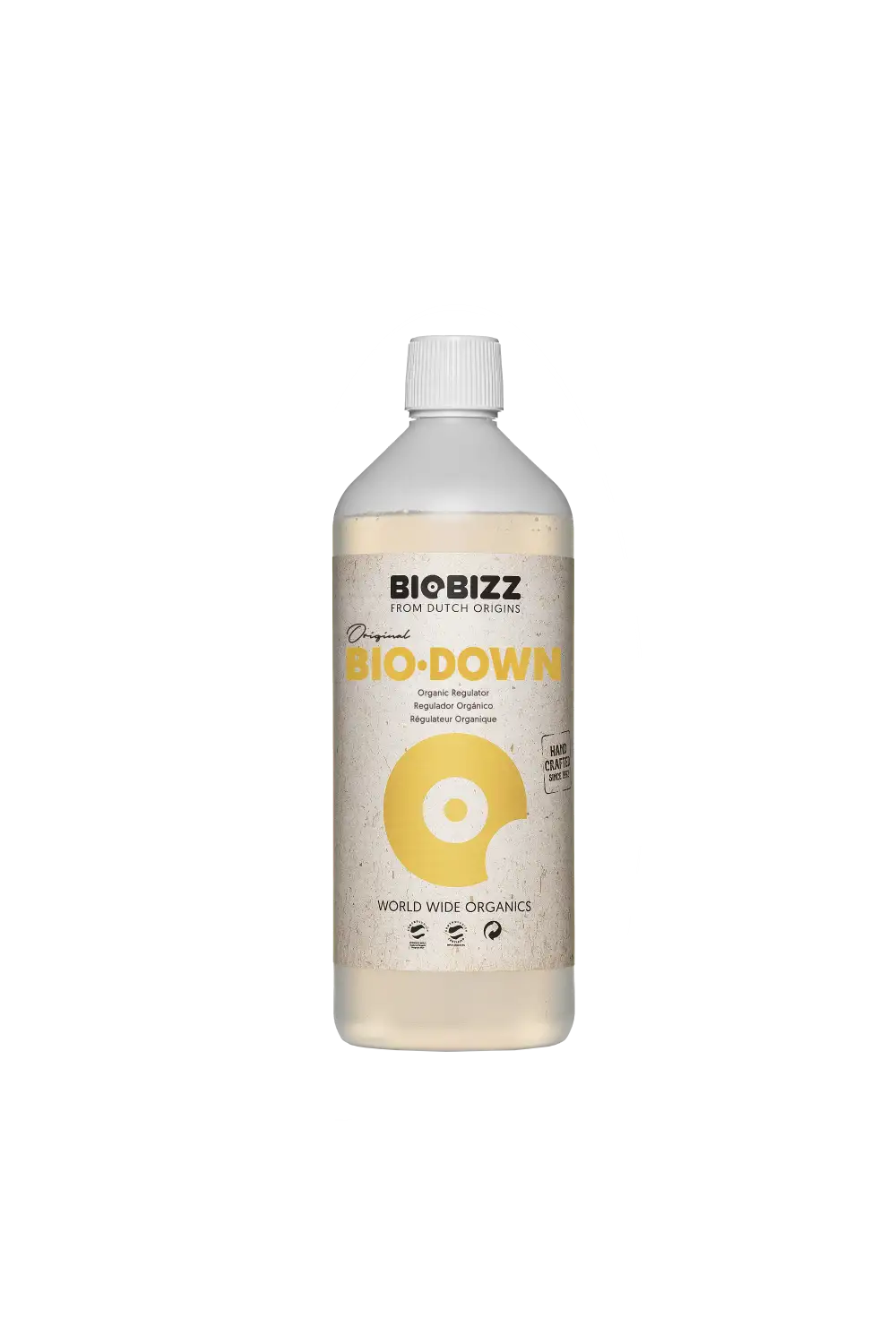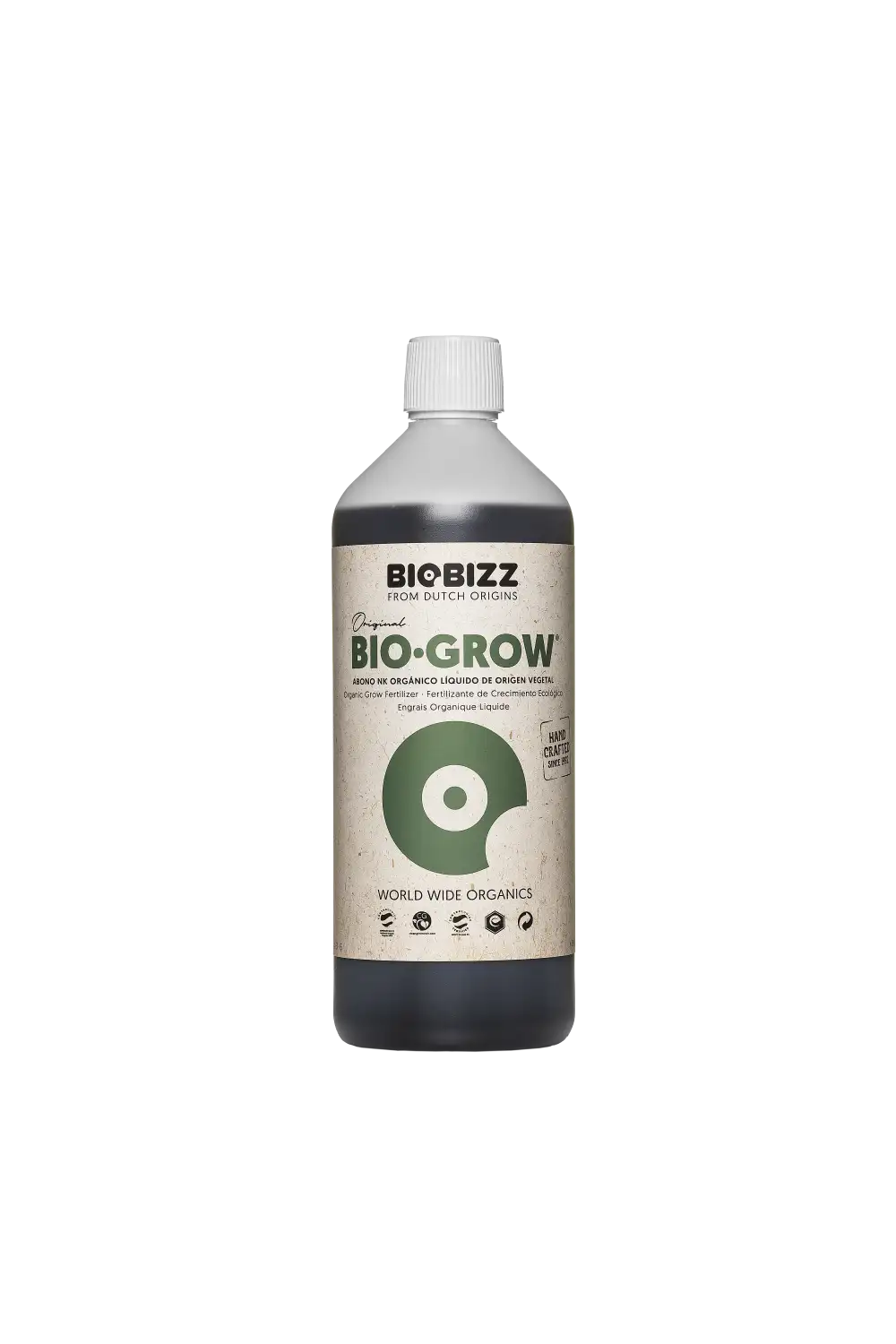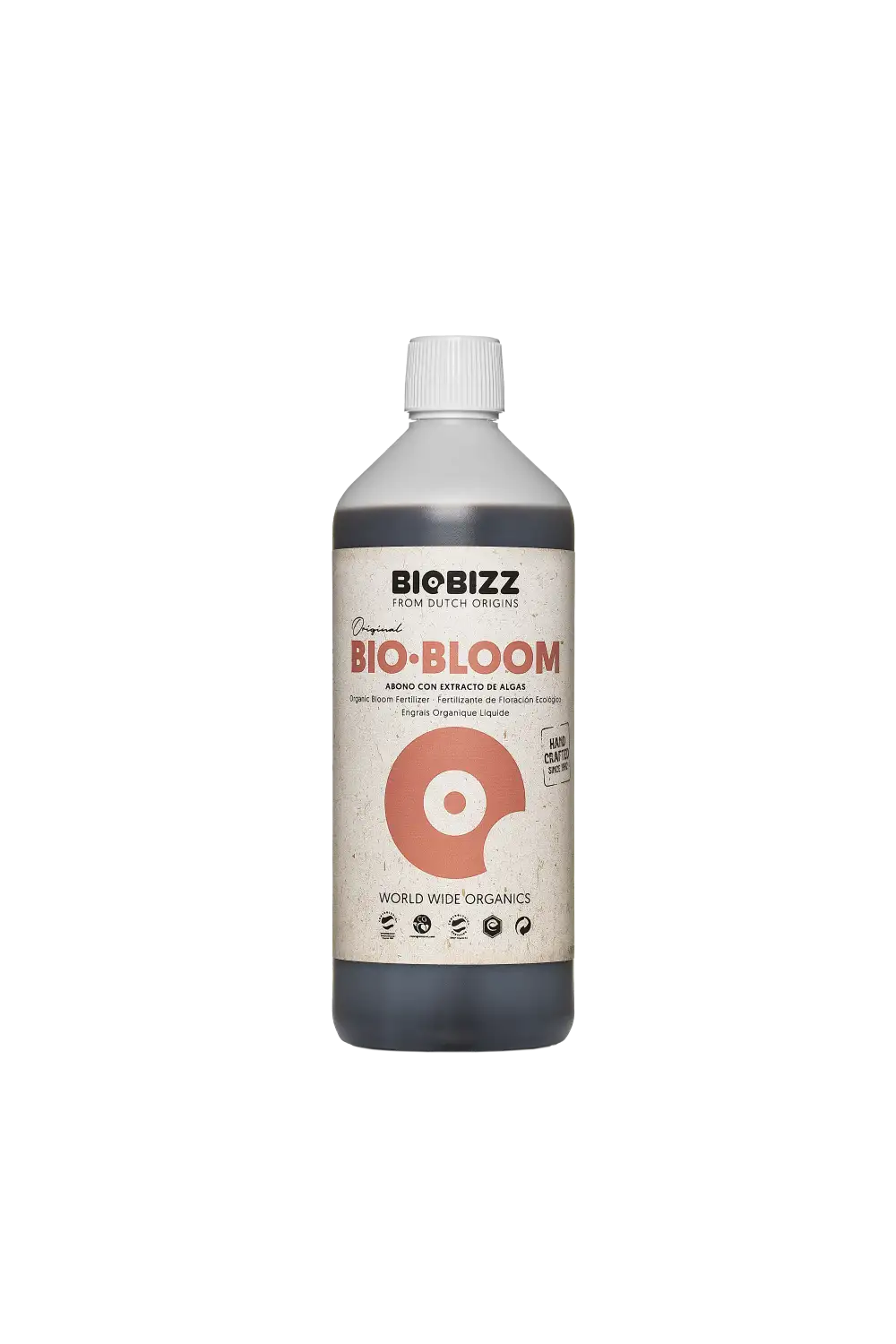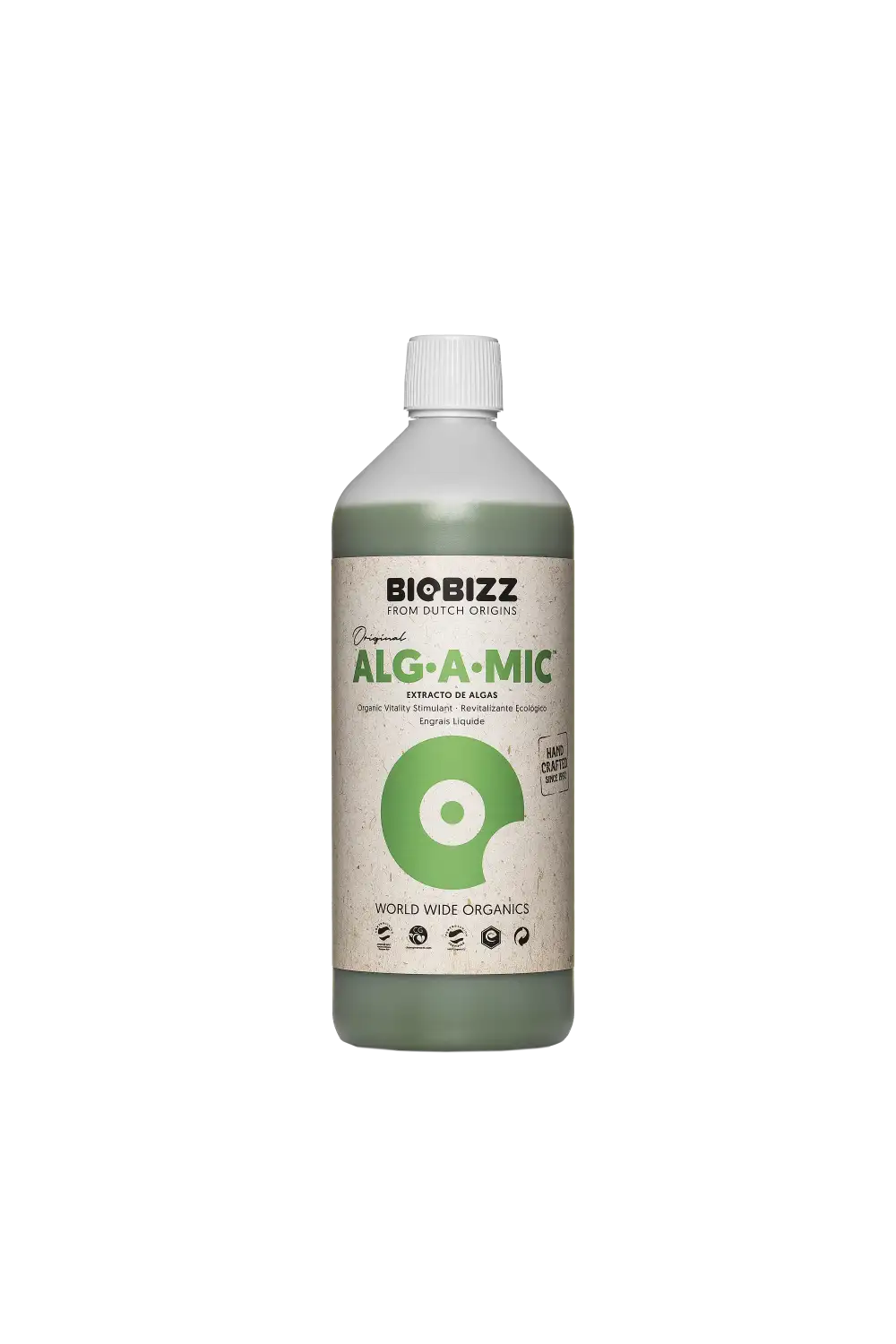The Grow Awards 2026 🏆 









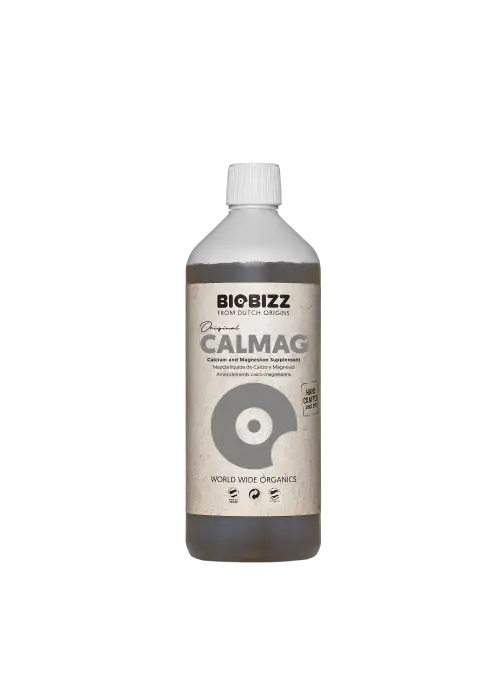







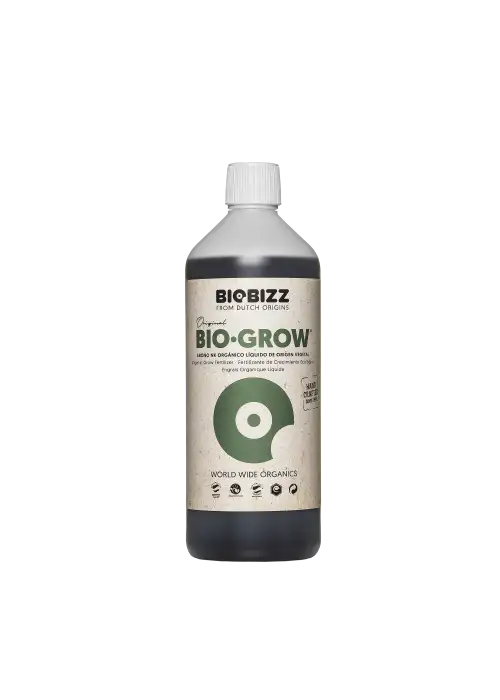
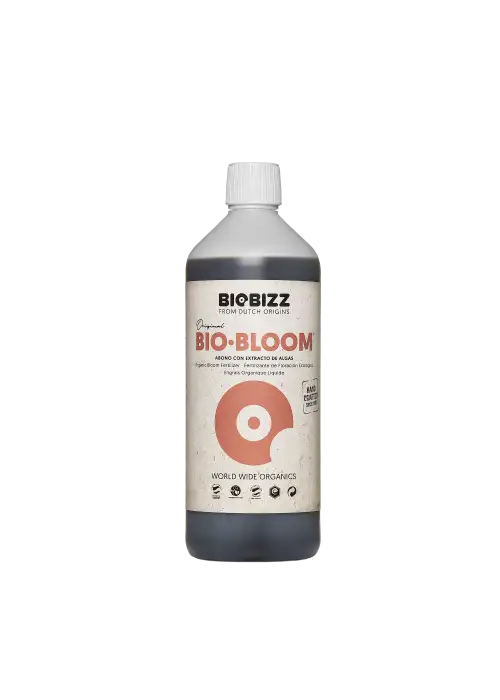















LemoN AK Coco5L

VEG
Fission 300W Light Emitting Diodes/100W
Custom

FLO
Fission 300W Light Emitting Diodes/125W
Fission 300W

VEG
Light Emitting Diodes/100W
Custom

FLO
Light Emitting Diodes/100W
Custom

FLO
Fission 300W Light Emitting Diodes/100W
Fission 300W

Tent
old furniture
old furniture
Coco Coir
Custom
Perlite
Custom
Vermiculite
Custom
Indoor
Room Type
Topping
weeks 2
5 liters
Pot Size
0.7 liters
Watering
Start at Harvest
G
Germination2y ago
Nutrients 1

Calmag
0.4 mll
inhale_exhale There is not much space for her under light, but a reserve player will be needed :D
likes
comments
Share
Used method
Other
Germination Method
1
Week 1. Vegetation2y ago
3 cm
Height
17 hrs
Light Schedule
25 °C
Day Air Temp
6.3
pH
200 PPM
TDS
50 %
Air Humidity
21 °C
Night Air Temp
3.75 liters
Pot Size
43 cm
Lamp Distance
inhale_exhale will see the results of the transplant next week
likes
comments
Share
2
Week 2. Vegetation2y ago
11 cm
Height
18 hrs
Light Schedule
25 °C
Day Air Temp
6.4
pH
300 PPM
TDS
50 %
Air Humidity
21 °C
Night Air Temp
5 liters
Pot Size
0.15 liters
Watering Volume
36 cm
Lamp Distance
Nutrients 5

Calmag
0.5 mll

Fish-Mix
1 mll

Bio-Heaven
1 mll
inhale_exhale new week. new pot. lookz like im idio:D
1 like
2 comments
Share
Used techniques
Topping
Technique
3
Week 3. Vegetation2y ago
19 cm
Height
18 hrs
Light Schedule
25 °C
Day Air Temp
6.4
pH
450 PPM
TDS
50 %
Air Humidity
21 °C
Night Air Temp
5 liters
Pot Size
0.2 liters
Watering Volume
31 cm
Lamp Distance
Nutrients 5

Calmag
0.8 mll

Fish-Mix
1.5 mll

Bio-Heaven
1 mll
inhale_exhale it looks like the big leaves have problems with magnesium
2 likes
2 comments
Share
Grow Questions
inhale_exhalestarted grow question 2y ago
looked for similar cases in grow questions and now think it’s a magnesium deficiency. I use biobizz Calmag 0.5-0.8 ml/L like in guide. Last week 1 ml/L. but magnesium deficiency does not go away, Question for biobizz users, how much Сalmag can be used before overdose?
Solved
Feeding. Deficiences
likes
Ultravioletanswered grow question 2y ago
Calcium is a vital nutrient, performing a large number of vital roles in plant biology. It’s a crucial component in plant cell walls and helps transport other minerals from one side of cell membranes to the other. It’s also involved in some enzyme functions.
It’s what’s known as an immobile nutrient – once the plant has put it to use in one part of its structure, it can’t be relocated. That’s why we see deficiency in young leaves first – even if old leaves have more than enough, the calcium is fixed and can’t travel to where it’s needed.
Without enough calcium, those membranes become weak. The cell walls can’t control their permeability, resulting in the leeching of vital nutrients and an eventual waterlogging of affected cells. Mostly we see it as yellowing leaves, especially in newer growth, and fruit that becomes soggy and sodden from too much moisture.
Magnesium is just as important. It’s a key component in the construction of chlorophyll, arguably the most important of all chemicals inside a plant. Chlorophyll is the powerhouse of the plant. It’s responsible for turning oxygen and water into sugar, fueling all the plant's growth. Without it, there’s no chance of vigorous growth at all
Unlike calcium, magnesium is mobile and can be redeployed, so to speak, if the plant becomes deficient. As a result, magnesium deficiencies show in older leaves first, as the plant shifts its dwindling supplies to new growth.
Chlorosis is the defining trait of magnesium deficiencies. Leaves turn yellow, from the oldest to the youngest. It makes sense – after all, no magnesium, no chlorophyll.
Many Calmag solutions include iron, usually as a chelate. This is because many of the conditions that lead to soils poor in calcium and magnesium can also lead to low levels of iron, so it pays to cover all bases. Iron deficiencies also cause the same sort of chlorosis as magnesium deficiencies, so it sometimes pays to apply both at once.
(Chelation is a type of bonding of ions and the molecules to metal ions. It involves the formation or presence of two or more separate coordinate bonds between a polydentate (multiple bonded) ligand and a single central metal atom. These ligands are called chelants, chelators, chelating agents, or sequestering agents. They are usually organic compounds, but this is not a necessity.)
Others will include nitrogen, too, presumably because plants need a fairly consistent supply of the stuff, and a deficient plant is likely to spring to life, hungry and ready to grow, once the deficiency is corrected. This is not the case for all brands, so it pays to check – there are plenty of cases where a low or nitrogen fertilizer is preferred.
Calcium and magnesium work in concert within the plant, and so for many years it was assumed you had to ensure a good ratio of calcium to magnesium in order to get good growth from your plants.
We now know that it’s both simpler and more complicated than that. The ratio of calcium to magnesium in the soil isn’t important, provided there’s enough of both for whatever is growing.
However too much calcium can cause a drop in available magnesium. The two get along and readily bind to each other. You may well wind up with a magnesium deficiency if you go too hard with a purely calcium-based amendment. It’s why Cal-mag fertilizers are so useful – they prevent magnesium depletion while addressing both deficiencies at once.
Cal-mag is best used regularly. As calcium is non-mobile, it needs to be present in the soil for use all through the growing season.
You can also use Calmag to treat either magnesium deficiencies or calcium deficiencies as they appear. Both show up as chlorosis, with magnesium depleting the green from old leaves and calcium from the young
Coco substrates have a few unique chemical properties that can cause problems if not treated. Chief among these is the high amount of potassium naturally found in coco. This potassium tends to swap places with calcium in nutrient solutions, resulting in too much potassium and not enough calcium in your system. Fortunately, treating with Calmag is a good way to remediate this. The magnesium has its own part to play in the complex chemistry happening at the root level, but together they can work to create a supportive growing environment for your plants.
How you apply the Calmag will determine how effective it is, as well as what you’re hoping to achieve.
As a preventative measure, you may never see the Calmag do its work. That’s the point – you are preventing the deficiencies from developing. If applied judiciously, it’s an invisible barrier, protecting you from crop failure and poor growth.
But if used to treat a diagnosed deficiency, the impact will be felt fastest with foliar application. Magnesium deficiencies will correct quite quickly. While already damaged leaves won’t revive, the grim march of yellow will stop almost immediately. Calcium deficiency is slower to spot, as it’s tied to the development of new tissue, but once you’ve corrected the problem the next wave of leaves or blossoms should be in good health.
Soil application takes longer for the plant to process, but it tends to be more enduring. It can take a few days for the minerals to work their way through a large plant, but once they do it’s a long-lasting result.
You can always have too much of a good thing, and Cal-Mag is no different.
At best, it’s possible to use Cal-mag to treat disorders caused by totally unrelated deficiencies, or even bacteria or fungus. While in these cases the Cal-mag itself isn’t going to cause too many problems, they certainly aren’t going to fix your problem.
More critically, both calcium and magnesium can spell trouble in too high concentrations. Too much calcium in the soil can result in the uptake of too much of other minerals and not enough of others, a tricky thing to detect. Magnesium sickness is easier to spot, leaving browning on the tips of new growth.
4
Week 4. Vegetation2y ago
26 cm
Height
17 hrs
Light Schedule
25 °C
Day Air Temp
6.4
pH
600 PPM
TDS
50 %
Air Humidity
17 °C
Night Air Temp
5 liters
Pot Size
0.25 liters
Watering Volume
21 cm
Lamp Distance
Nutrients 7

Calmag
1.3 mll

Bio-Grow
2 mll

Bio-Bloom
0.8 mll
inhale_exhale Pre-flowering week
1 like
2 comments
Share
5
Week 5. Flowering2y ago
34 cm
Height
16 hrs
Light Schedule
29 °C
Day Air Temp
6.3
pH
Weak
Smell
750 PPM
TDS
40 %
Air Humidity
23 °C
Night Air Temp
5 liters
Pot Size
0.4 liters
Watering Volume
25 cm
Lamp Distance
Nutrients 7

Calmag
1.3 mll

Bio-Grow
2 mll

Bio-Bloom
1.5 mll
inhale_exhale Hello flowers =) and hot summer days ;((
4 likes
1 comment
Share
6
Week 6. Flowering2y ago
35 cm
Height
16 hrs
Light Schedule
29 °C
Day Air Temp
6.3
pH
Weak
Smell
850 PPM
TDS
40 %
Air Humidity
23 °C
Night Air Temp
5 liters
Pot Size
0.7 liters
Watering Volume
23 cm
Lamp Distance
Nutrients 7

Calmag
1 mll

Bio-Grow
3 mll

Bio-Bloom
2 mll
inhale_exhale This week the girls were covered in snow. I've never seen anything like it with my own eyes before, only in pictures :D
The lower large leaves have turned yellow, but this time don't panic :D experts say it's normal.
1 like
2 comments
Share
7
Week 7. Flowering2y ago
35 cm
Height
17 hrs
Light Schedule
29 °C
Day Air Temp
6.1
pH
Normal
Smell
1150 PPM
TDS
50 %
Air Humidity
23 °C
Night Air Temp
5 liters
Pot Size
0.7 liters
Watering Volume
22 cm
Lamp Distance
Nutrients 7

Calmag
1 mll

Bio-Grow
3 mll

Bio-Bloom
3 mll
inhale_exhale This week has been really hard.
Until this week the electricity was turned off on average once every two days, for 4 hours in the evening peak time. But the last 7 days the electricity is turned off twice or thrice a day also for 4 hours. I think that in this case it is better to reduce the light day and slowly started to reduce it at the beginning of flowering, and already reduced it from 18 to 16 hours, and that was a bad idea (((:
The temperature outside was already around 30 degrees in the shade, and it rained almost every evening, as a result, the air humidity up to 65-70% so it was impossible to leave the girls in a closed box without a working fan.
I had to cover the windows and work with my hands waving a piece of cardboard)))), adding back 30 minutes of evening sun outside the window each day.
Same story since morning, but this more positive, we meet the morning sun, and move around the whole apartment behind the light frame of the window, running away from the shadow))) the main thing is that the morning is sunny, because will have to continue working with a piece of cardboard until the light is turned on (((:
Also, as you can see in the first photo, I installed a large fan and removed the lower wall of the box, because the ventilation system did not help ((:
Looks crazy but I already like it, new challenges and new experiences all the time, big plus a good habit to wake up at dawn! So no matter what, we are happy and breathe deeper 😍
1 like
1 comment
Share
9
Week 9. Flowering2y ago
35 cm
Height
17 hrs
Light Schedule
29 °C
Day Air Temp
6.3
pH
Normal
Smell
1250 PPM
TDS
50 %
Air Humidity
21 °C
Night Air Temp
5 liters
Pot Size
0.7 liters
Watering Volume
22 cm
Lamp Distance
Nutrients 7

Calmag
0.9 mll

Bio-Grow
4 mll

Bio-Bloom
4 mll
inhale_exhale This week was no less stressful, but the previous week prepared us.
More and more snow turns white. The microscope is ready.
Nutrient solution at the maximum recommended parameters. But there is a problem with the tips of the leaves, they turn yellow first and then dry up and turn brown. I think this is the consequence of the maximum ppm. direct sunlight, a running giant fan at a distance of 20 cm, and an unstable ph lvl.
There were significant changes in temperature from 16 at night to 31 during the day. The funnest is when it rains after a hot day. and they turn off the electricity at night.
A humid environment of 65-70% without a fan is my nightmare in reality. So a piece of cardboard and energetic hand movements created the wind and the impression that I crazy
But there are often good times, when the temperature is 26-27 degrees and the humidity is 45% without a humidifier.
The girls smell amazing 😎
3 likes
2 comments
Share
10
Week 10. Flowering1y ago
35 cm
Height
17 hrs
Light Schedule
31 °C
Day Air Temp
6.3
pH
Normal
Smell
250 PPM
TDS
43 %
Air Humidity
21 °C
Night Air Temp
5 liters
Pot Size
0.7 liters
Watering Volume
22 cm
Lamp Distance
Nutrients 1

Calmag
0.9 mll
inhale_exhale flushing week
2 likes
comments
Share
11
Week 11. Harvest1y ago
Happy Harvest Day!

10/10
Rated
Thank you Fast Buds for the opportunity to get this wonderful experience, thanks to the QR code on the seed package, I was confident that my efforts were being put to the maximum potential. There was a lot of stress due to constant power outages, cold, heat and humidity, and probably many more that I don't know about.
At the beginning, the project counted on only one Blue Dream, but I couldn't resist and added Lemon AK, and now I'm very happy with it, I've never held such snow flowers in my hands.
Show more
Translate
Spent 65 days
Ger Veg Flo Har
1
Plants
0.6 m²
Grow Room size
Easy
Difficulty
Height
Day air temperature
Air humidity
PPM
PH
Light schedule
Night air temperature
Pot size
Lamp distance
inhale_exhale A real adventure, starting with waking up at dawn at 5 in the morning for 80 days, swinging an apachal instead of a fan to remove moisture after rain (at night too)) continuing with the study of various charts with plant nutrients, water properties, the constant struggle of temperature with humidity, and more much can be added.
My expectations about the smell during flowering were fulfilled, I paid a little attention to the smell when choosing a variety. So when the lights were turned off, and I had to take them out of the dark box to leave the plants on the open balcony under daylight, I think that if there was % indica, the neighbors could guess where the smell was coming from))))
Thank for your attention and likes!
5 likes
2 comments
Share
Equipment Reviews

the end.
Enjoying this diary? Follow for more updates!
Prefer the old Diary view?
Go back to the old Diary view







































































